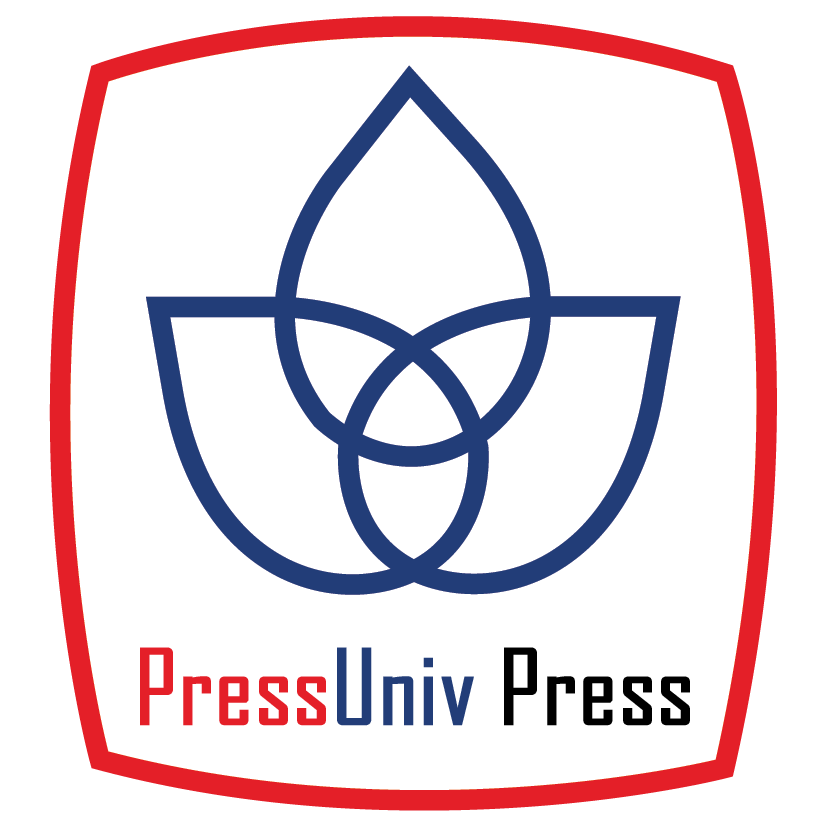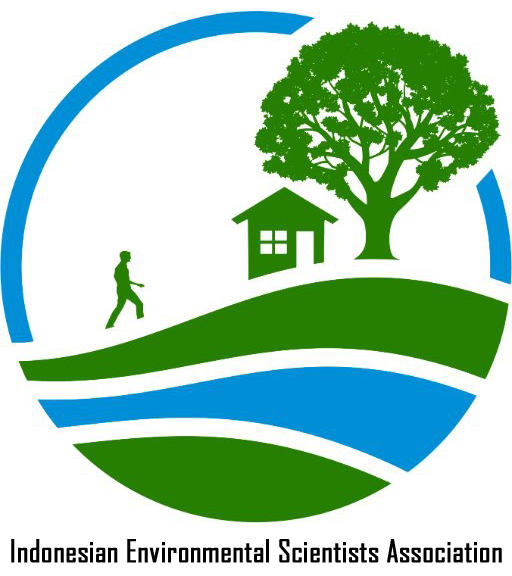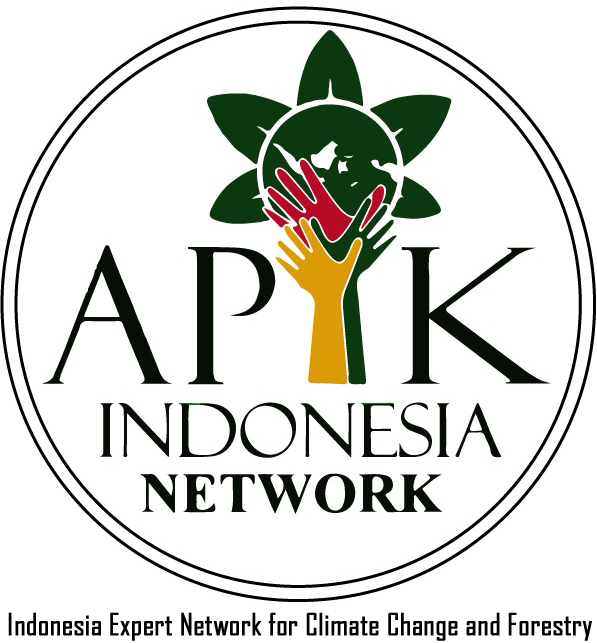Studi Pembuatan Pupuk Organik Cair Dari Sampah Organik Rumah Tangga
Abstract
Full Text:
PDF (Bahasa Indonesia)References
Direktorat Pengelolaan Sampah Kementrian Lingkungan Hidup dan Kehutanan, “Sistem Informasi Pengelolaan Sampah Nasional,” Pengantar Penyusunan Naskah Akad. Rapermen LHK, p. 35 halaman, 2017, [Online]. Available: http://ditjenppi.menlhk.go.id/reddplus/images/resources/ws_transperancy_framework/r4_02_sampah_klhk.pdf.
SIPSN, “KOMPOSISI SAMPAH BERDASARKAN SUMBER SAMPAH DI JAWA BARAT,” http://sipsn.menlhk.go.id, 2020. http://sipsn.menlhk.go.id/sipsn/public/data/sumber (accessed May 04, 2021).
SIPSN, “KOMPOSISI SAMPAH BERDASARKAN JENIS SAMPAH DI JAWA BARAT,” 2020. http://sipsn.menlhk.go.id/sipsn/public/data/komposisi (accessed May 04, 2021).
Direktorat Pengelolaan Sampah Kementrian Lingkungan Hidup dan Kehutanan, “PERATURAN PEMERINTAH REPUBLIK INDONESIA NOMOR 81 TAHUN 2012 TENTANG PENGELOLAAN SAMPAH RUMAH TANGGA DAN SAMPAH SEJENIS SAMPAH RUMAH TANGGA,” Экономика Региона, p. 32, 2012.
R. Prihandarini, “Manajemen Sampah. Daur Ulang Sampah Menjadi Pupuk Organik,” Perpod, 2004.
William A. Worrell and P. Aarne Vesilind, SOLID WASTE ENGINEERING, 2nd ed. Global Engineering: Christopher M. Shortt, 2012.
M. Ir. Sri Hartoyo, Dipl. SE, “PETUNJUK TEKNIS TPS 3R - TEMPAT PENGOLAHAN SAMPAH 3R,” 2017, [Online]. Available: http://plpbm.pu.go.id/v2/assets/file/PetunjukTeknisTPS3R2017.pdf.
Sugiyono, Metode Penelitian Pendidikan (Pendekatan Kuantitatif, Kualitatif dan R&D). Bandung: CV. Alfabeta, 2015.
T. Nur, A. R. Noor, and M. Elma, “Tangga Dengan Penambahan BIioaktivator EM 4 ( Effective Microorganisms ),” Konversi, vol. 5, no. 2, pp. 5–12, 2016.
Kementerian Pertanian Republik Indonesia, “Persyaratan teknis minimal pupuk organik, pupuk hayati, dan pembenah tanah,” Keputusan Menteri Pertanian Republik Indonesia No 261. pp. 1–18, 2019, [Online]. Available: http://psp.pertanian.go.id/index.php/page/publikasi/418.
F. AL Hamid, “Tugas akhir pembuatan dan analisa pupuk cair dari lumpur telaga koto baru,” 2019.
L. dan H. R. Wardiah, “POTENSI LIMBAH AIR CUCIAN BERAS SEBAGAI PUPUK ORGANIK CAIR PADA PERTUMBUHAN PAKCHOY (Brassica rapa L.),” J. Chem. Inf. Model., vol. 6, pp. 34–38, 2014.
P. S. L. Persada, “PT Songgo Langit Persada.” https://pakoles.com/index.php/profil/2/PT-Songgo-Langit-Persada.html (accessed May 04, 2021).
T. Yuwono, Kecepatan Dekomposisidan kualitas Kompos Sampah Organik, Vol.2. 2006.
C. Wulandari G.M, S. Muhartini, and S. Trisnowati, “PENGARUH AIR CUCIAN BERAS MERAH DAN BERAS PUTIH TERHADAP PERTUMBUHAN DAN HASIL SELADA (Lactuca sativa L.),” 2011.
M. Yuniwati, F. Iskarima, and A. Padulemba, “Optimasi kondisi proses pembuatan kompos dari sampah organik dengan cara fermentasi menggunakan EM4.” pp. 172–181, 2012.
L. Nurfitriani, Suminto, and J. Hutabarat, “PENGARUH PENAMBAHAN KOTORAN AYAM, AMPAS TAHU DAN SILASE IKAN RUCAH DALAM MEDIA KULTUR TERHADAP BIOMASSA, POPULASI DAN KANDUNGAN NUTRISI CACING SUTERA (Tubifex sp.),” J. Aquac. Manag. Technol., vol. 4, no. 4, pp. 95–100, 2017.
Sukamto Hadisuwito, Membuat Pupuk Kompos Cair, 2012th ed. PT. Agromedia Pustaka, 2012.
L. Trivana and A. Pradhana, “Optimalisasi Waktu Pengomposan dan Kualitas Pupuk Kandang dari Kotoran Kambing dan Debu Sabut Kelapa dengan Bioaktivator PROMI dan Orgadec Time Optimization of the Composting and Quality of Organic Fertilizer Based on Goat Manure and Coconut Coir Dust usi,” Sain Vet., vol. 35, no. 1, pp. 136–144, 2017.
Marsono and P. Lingga, Petunjuk Penggunaan Pupuk. Jakarta: Penebar Swadaya Grup, 2008.
R. D, “Manfaat Unsur N, P, dan K Bagi Tanaman,” 2015. www.kaltim.litbang.pertanian.go.id (accessed May 07, 2021).
S. Soraya Santi, “Kajian Pemanfaatan Limbah Nilam Untuk Pupuk Cair Organik,” J. Tek. Kim., vol. 2, no. 2, pp. 170–175, 2008.
K. A. Hanafiah, Dasar-Dasar Ilmu Tanah. Jakarta: Rajawali Pers, 2013.
DOI: http://dx.doi.org/10.33021/jenv.v6i2.1517
Copyright (c) 2021 Solikhah R

This work is licensed under a Creative Commons Attribution-ShareAlike 4.0 International License.
Journal of Environmental Engineering and Waste Management Published by PresUniv Press, in collaboration with IESA and APIK Indonesia Network




